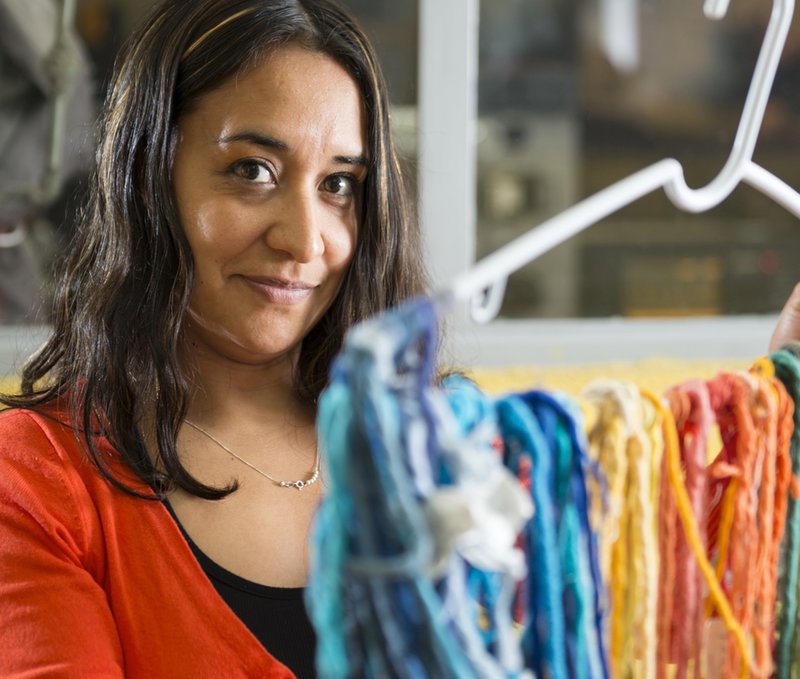How can we make the industry work positively for all the people and ecosystems it touches?
After more than three years of operating, we recognised that to transform the industry, we ultimately need to tackle fashion’s business model. Right now, linear product flow means huge amounts of non-renewable materials are being extracted to produce clothes that are worn for a short amount of time and then sent to landfill or incineration. We are not realising fashion’s ability to create social, environmental and economic value. To do that, we need to redesign every part of the business model.
Our vision is a fashion industry that enhances customer wellbeing, provides safe and just working conditions, maintains the full value of materials, regenerates ecosystems and strengthens economies and communities.
This is a vision of a fashion industry that works for the people and ecosystems it touches. That vision is within reach. But only if the industry has the right resources, tools and incentives to put it into action.
We recognise that the transition to circular fashion won’t be easy. But in 2017, there were some important milestones that put circular fashion firmly on the industry’s agenda. We opened the doors of Fashion for Good to the industry, innovators and the public. And with our support, The Ellen MacArthur Foundation launched the report 'A New Textiles Economy: Redesigning fashion’s future on circularity in fashion' on November 28, 2018 in London.

How to scale change
- Build knowledge around the transition to circular apparel
Most of the conversation about circular apparel focuses on recycling, but that’s only one small part of the story. The industry needs more knowledge on the other enablers that will lead to change. - Scale technical innovation
Technical innovations, like dyes grown from bacteria, and process innovations, like white-label solutions for clothing leasing, will enable the transition to circular apparel, but they aren’t scaling. We’ll continue to support Fashion for Good to work with major brands and retailers totest and replicate innovations in their supply chains to take circular solutions to scale. - Facilitate new business model implementation
Circular technologies can only scale exponentially if there are enabling business models that provide the right incentives and financing. While many brands and retailers are showing an interest in the concept of circularity, few are re-designing their business models towards it. We are finding ways to bridge this implementation gap through partners that will help incumbent players design, implement and eventually scale circular business model pilots. And at the same time, we are sharing lessons and strategies with the broader industry. - Create the conditions for change
Key enablers – such as government policy (both carrots and sticks) and finance - will help scale circular developments in the industry. And if combined with long-term advocacy for a radically new fiscal system, we can make the circular economy the status quo.